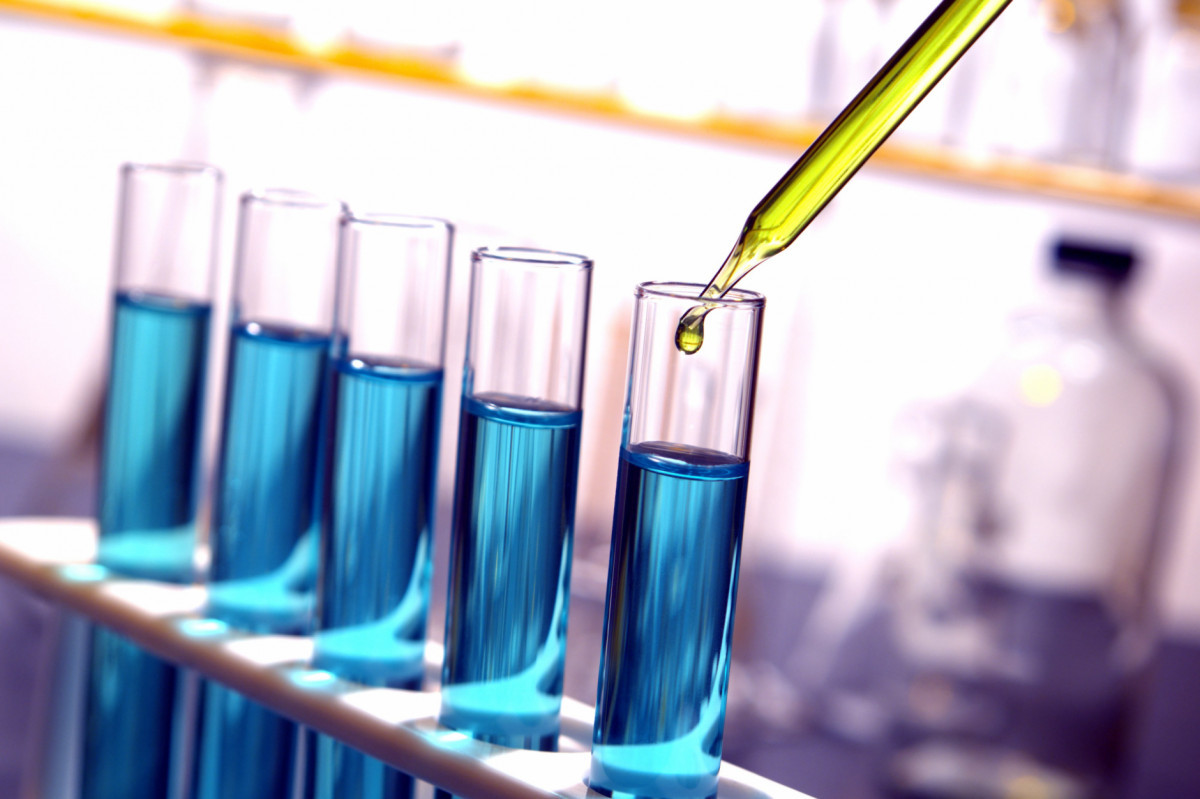DLS Microviscometry
With Dynamic Light Scattering (DLS) one measures the diffusion coefficient D of the particles in suspension in a solvent. If one knows the viscosity of the solvent and the sample temperature, one can accurately determine the hydrodynamic radius RH of the particles from the measured diffusion coefficient. This is known as a DLS Sizing experiment and is the most common application of DLS. Another possible application of this technique is to measure the viscosity of a liquid sample, such as a protein solution or a colloidal suspension.
Unlike common viscometers, DLS Microviscometry measures true zero shear viscosity. Measurements under flow, for example in a capillary, can lead to shear-thinning or thickening and can cause other problems such as shear-induced aggregation in biopharmaceuticals. Moreover, as demonstrated in our application note, the sample volumes required for DLS Microviscosimetry (< 5 μL) are more than an order of magnitude smaller compared to conventional commercial microviscometry devices, requiring in excess of 100 μl of sample volume. Besides conventional viscometers, there are also other microviscometry techniques that measure the Diffusion Coefficient to obtain the viscosity, such as microscopy-based particle tracking. The main advantage of DLS compared to microscopy-based microviscometry is that the measurements and data treatment are straightforward and fast.
Important to note is the fact that DLS Microviscosimetry, just as DLS Sizing, requires the absence of multiple scattering in the signal. In standard DLS experiments, this requirement poses a limit to the maximum allowed tracer particle concentration. This would usually exclude experiments on strongly scattering transparent and/or turbid samples (for example, high concentration protein samples, as explained by Dr Garting) where high concentrations of tracer particles are needed to “shadow” the sample signal and ensure that the scattered light is predominantly caused by the tracer particles.

To overcome this limitation one can use DLS devices that are based on the Modulated 3D Cross-Correlation technology (invented and patented by LSI).
This technology suppresses multiple scattering, thus effectively removing an upper limit to the tracer particle dose, allowing for an error-free determination of the viscosity of many samples, including those showing substantial turbidity.
Read our application note, where we illustrate the benefit that Modulated 3D Cross-Correlation brings to DLS Microviscosimetry experiments.
Further suggested reading:
